The difference between hypnosis and hypnotherapy.
In the 1980s I revisited my martial arts and meditation training as a way to help my body, mind and spirit heal after a devastating sports injury that left me unable to walk for years to come.
T’ai Chi Ch’uan and Zen meditation took my practice to a deeper level and would lay the foundation for my studies of Qi gong, massage, acupuncture, herbs and other Eastern healing disciplines. An old friend of mine took notice of my practice and suggested I study hypnosis, stating it was in line with my Eastern practices. I was working as a Rehabilitation Counselor at the time, providing individual and group counseling on an in-patient, locked psychiatric ward at a City Hospital. I remember thinking about how I saw hypnosis portrayed on stage and in movies and would politely decline his invitations to meet his hypnosis teacher. For over a year, he persistently recommended that I take him seriously about learning hypnosis both for myself and to help others. Eventually I did and was hooked after one weekend training.
I immediately saw the similarities between hypnosis and meditation, Qi gong and guided visualization. They each had their methods of shifting brain waves from beta to alpha and theta with intentions of healing and improving performance. All the methods would help put you into parasympathetic nervous system mode and away from sympathetic fight-or-flight stress mode both my Eastern and now Western practice has helped me see the true power of the mind and how it connected with the body. With hypnosis you would use different methods, like progressive relaxation, to induce a relaxed but aware state in which suggestions could be given to one’s subconscious mind. Unlike the movies where someone would do something they normally would never do or appear to have no control, when in the hypnotic state you are very relaxed, very aware and continue to have control. On some level you are giving permission to receive suggestions meant to help you in some way. I remember as I deepened my study of hypnosis I wanted to see for myself just how it worked from the client’s perspective.
I chose to work with one of my teachers to undo a doctor’s negative suggestions that I would never be able to walk independently for the rest of my life. It was quite powerful. I visualized the doctor on a television screen repeating his negative words, and I took a brick and threw it at the screen, breaking it. After working through and completing my initial objective, some deeper wounds began to surface. Part of me was surprised, and I quickly decided I did not want to go down that rabbit hole at that time. The therapist made two attempts to guide me further down that road, but even in the hypnotic state I was able to say no. As I continued my studies I also observed that some people were more open to receiving suggestions than others, and that one could block going into or staying in the hypnotic state. While some people benefited greatly, others could have a resistant part blocking progress despite other parts wanting to heal or change. As I studied clinical hypnotherapy I found ways to help people on deeper levels. Hypnosis was great for relaxation and helpful suggestions that sometimes created shifts. Hypnotherapy implemented the hypnotic state with more of a therapeutic interaction between the therapist and client. With hypnosis, the client usually remains quiet for most of the session. With hypnotherapy, the client participates more actively, and the therapist may use a variety of counseling and psychotherapy techniques stemming from different schools of psychology. My teacher had an eclectic approach, using a variety of techniques which included Gestalt, Behavioral, Cognitive and other therapies.
In the early 1990s, my friend and I opened the Creative Health Center, where we offered hypnosis and hypnotherapy for a wide variety of things such as smoking cessation, weight loss, stress management, performance enhancement, past abuse, body modification, breaking poor habits and creating better habits. While working on the psychiatric wards was often frustrating, the amazing results in our hypnotherapy practice were extremely fulfilling. As I continued to deepen my Eastern studies and added other modalities like the Sandlin Technique, I have been able to help people accelerate their deeper healing and transformation using custom and essential tools for each person.
Don’t forget to join the Acudragon® mailing list for information of upcoming events, books, products, services and classes to come. Feel free to share with others and have a happy winter season. ☃️

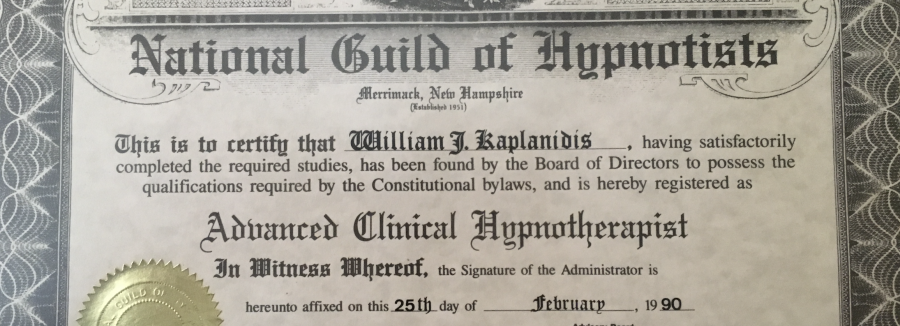

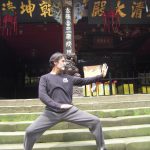











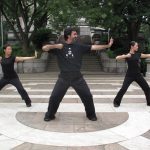
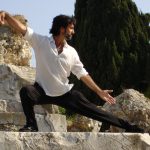





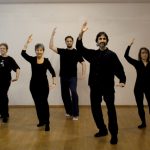


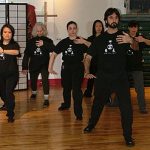

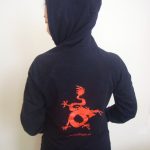



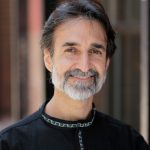




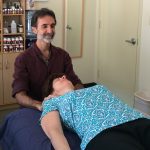










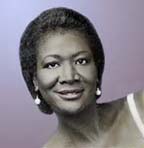


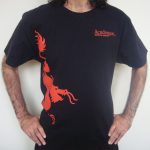



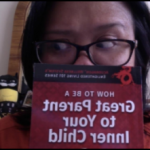

Recent Comments